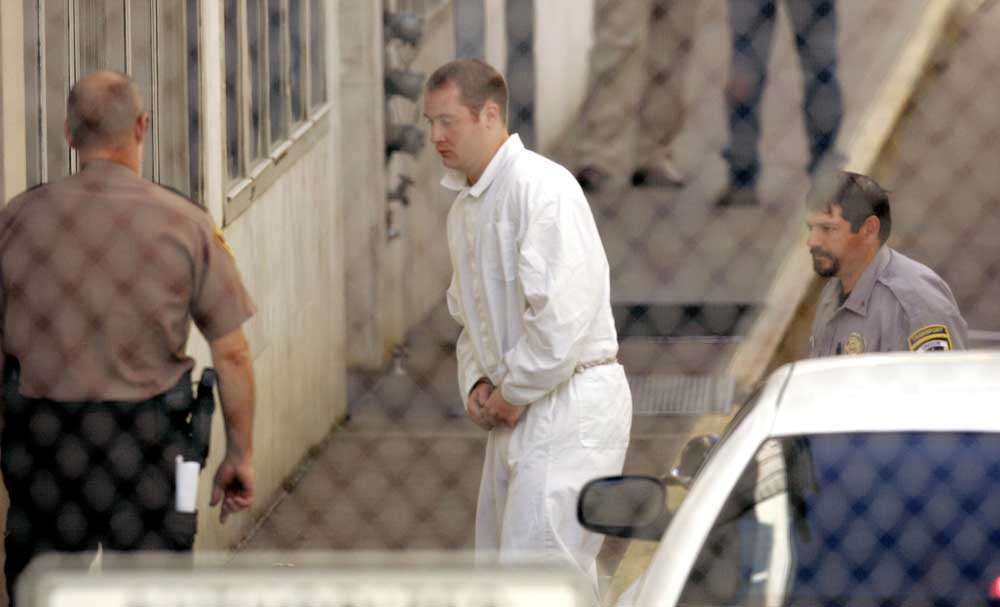20 years after an Oregon tragedy
Published 5:35 am Tuesday, May 22, 2018

- Kip Kinkel, middle, is led into the Marion County Courthouse in Salem in 2007.
Before Columbine, there was Thurston.
Trending
It seems like only yesterday that 15-year-old Kip Kinkel shocked the conscience of Oregon — indeed, the world — by gunning down classmates at Thurston High School in Springfield after ambushing his parents at home.
But it’s been 20 years. Kinkel is 35 and imprisoned. The Oregon Supreme Court recently upheld his prison sentence of nearly 112 years with no possibility of parole. Experts at his sentencing had testified that his extreme psychosis was treatable but incurable.
It was May 21, 1998, when Kipland Philip Kinkel fatally shot two students, wounded 25 others and later tried to stab a police officer. The previous day at Thurston High, he had bought a stolen pistol from a friend, been arrested and — supposedly worried about what his parents would think about his arrest — shot and killed them.
Trending
Twenty years. Columbine and Virginia Tech. Sandy Hook and Fort Hood. Clackamas Town Center and Umpqua Community College. Marjorie Stoneman Douglas High School in Florida and the Route 91 Harvest country music festival in Las Vegas.
As a state and as a nation, we have suffered much and learned some.
“Active shooter” is now ingrained in our vocabulary. Schools, law enforcement and medical units conduct drills. Protocols have been rewritten so first responders – thank God for their courage and training — confront the shooter as quickly as possible instead of awaiting SWAT’s arrival.
Threats and indicators of potential violence are taken seriously … much of the time. SafeOregon.com has been created specifically for schoolchildren to report threats, replacing the Oregon State Police tip line launched after Thurston and then dropped for lack of funding.
Laws — including Oregon’s new extreme-risk protection order — have been passed allowing courts and law enforcement to intervene if someone is deemed psychologically at risk of harming self or others.
Yet in many ways, we seemingly have made little progress.
Access to mental health care is the No. 1 concern of Oregon high school students in a recent survey. Deadly violence, whether by firearms or other means, still plagues American society at levels far above those of most industrialized countries. We still don’t know what drives one irrational person to kill, but many more not to.
We have squandered an incalculable number of dollars, days and brain cells arguing over whom to blame — mental illness, firearms, our culture — instead of finding common ground and community solutions. The resulting “opportunity cost” — what we could have achieved if we had pursued a different course — is profound.
Kip Kinkel came from a good home. His parents did their best, seeking both accountability and treatment for Kip.
We owe it to them, to the Thurston students — and to all the other families — to find that common ground and those collaborative solutions.









